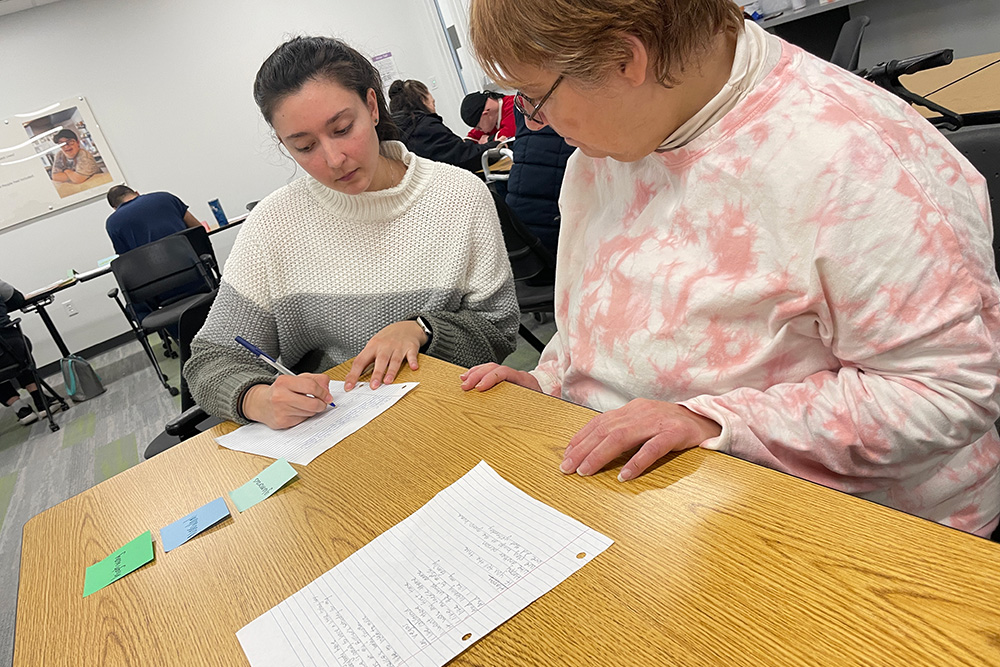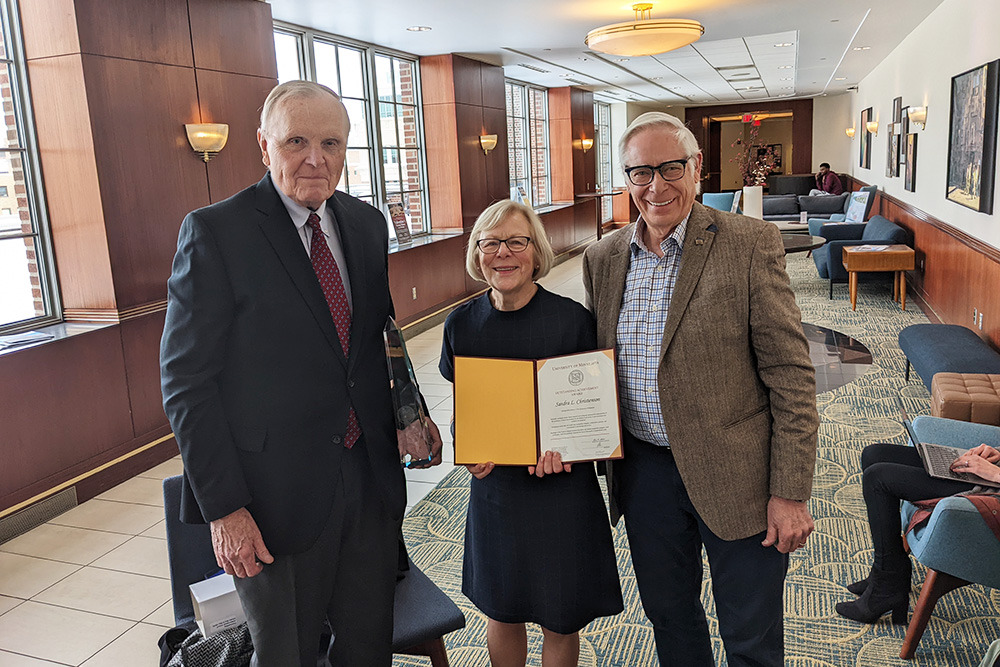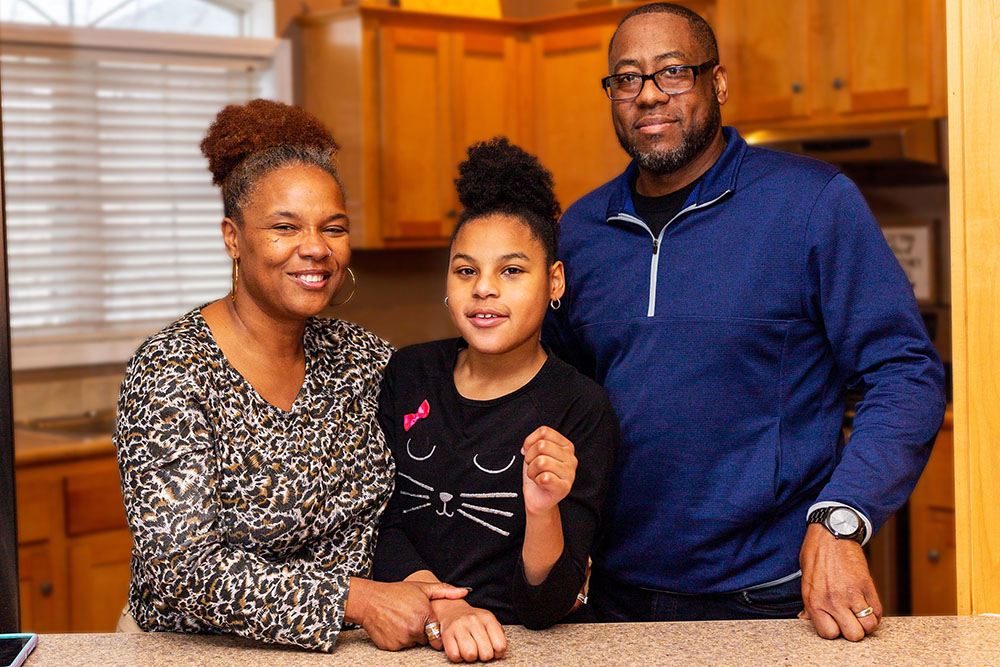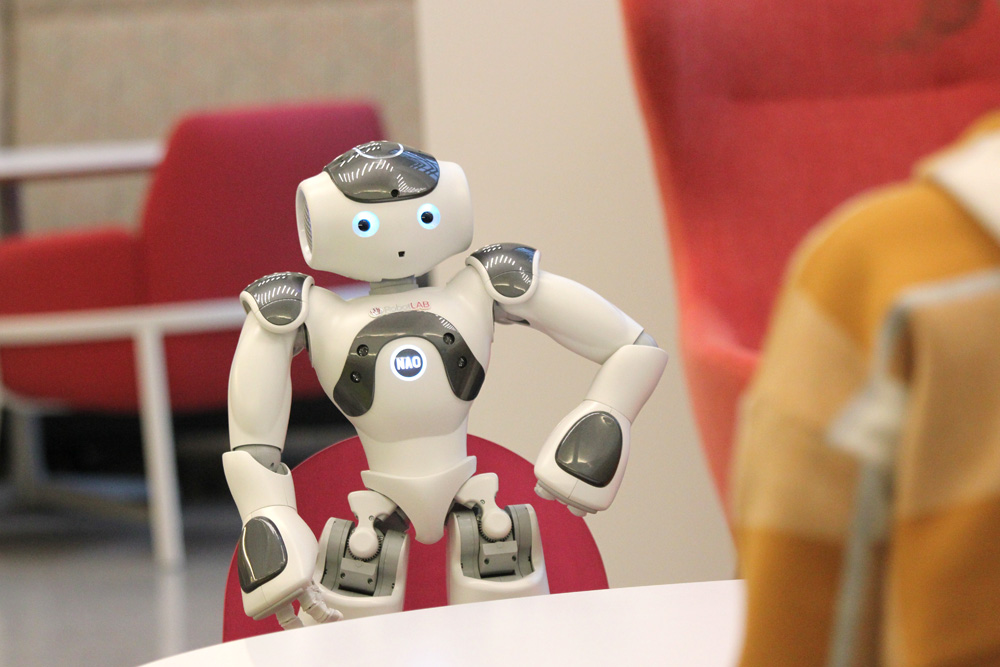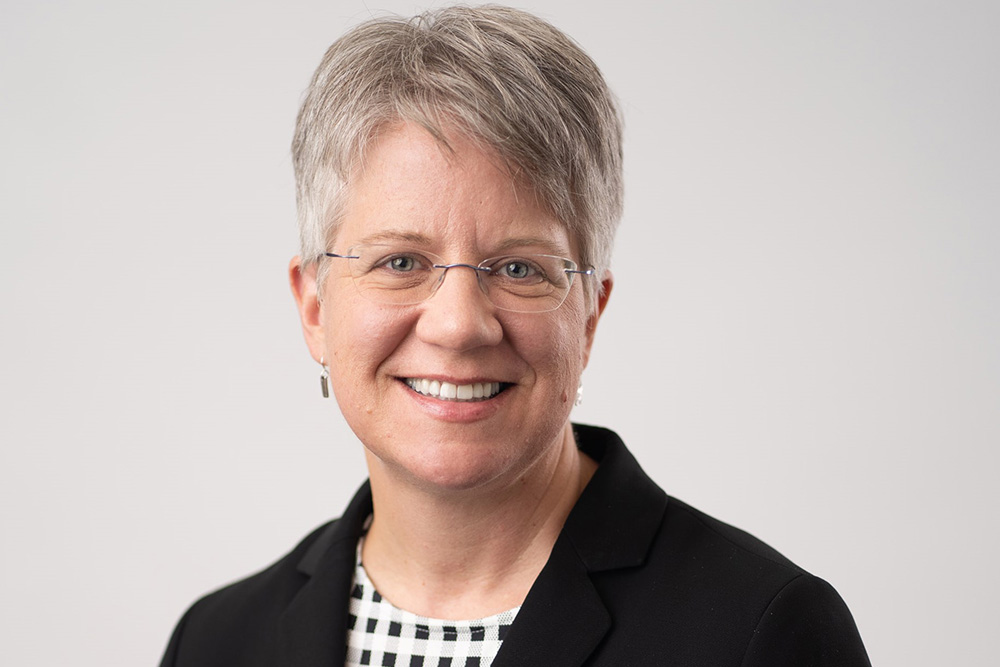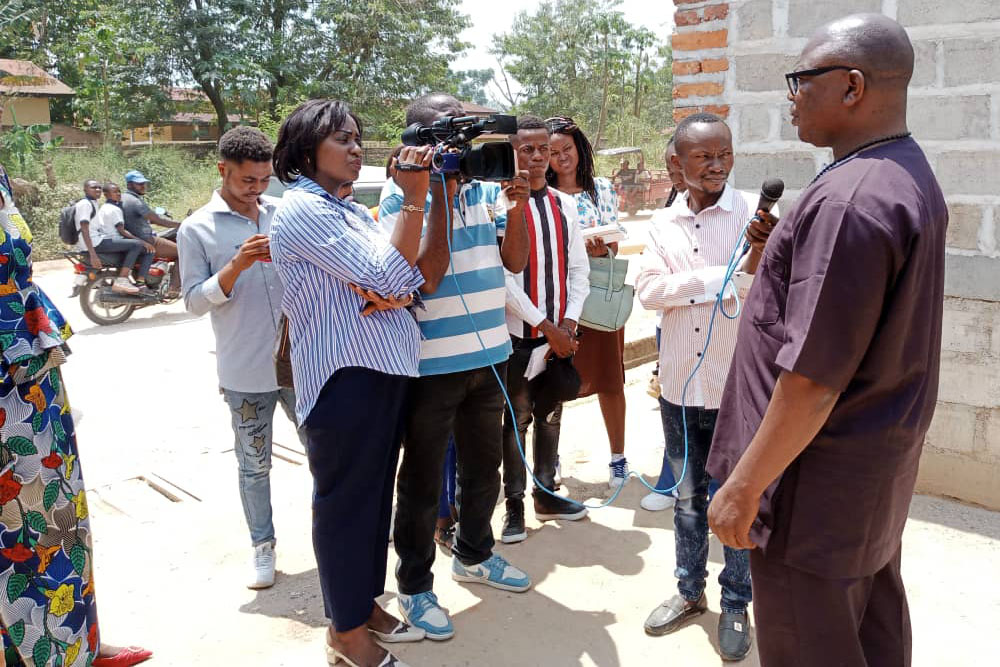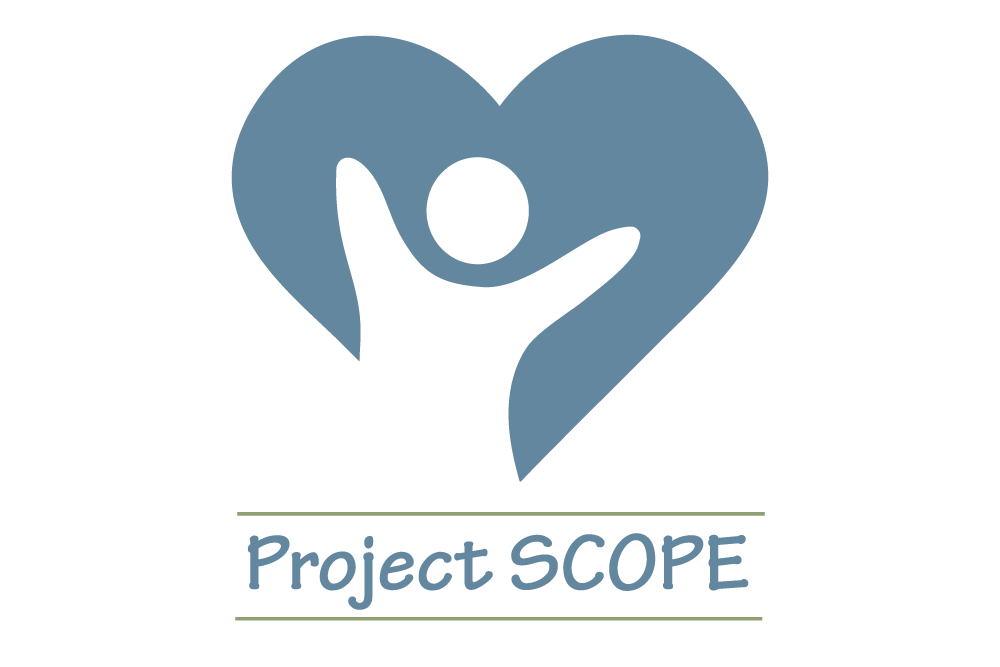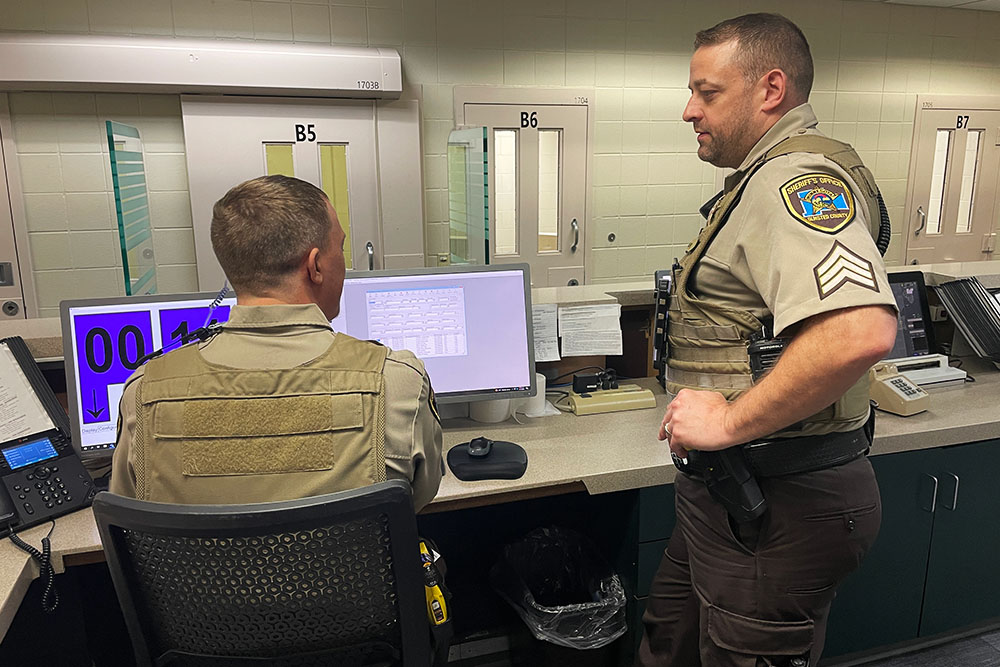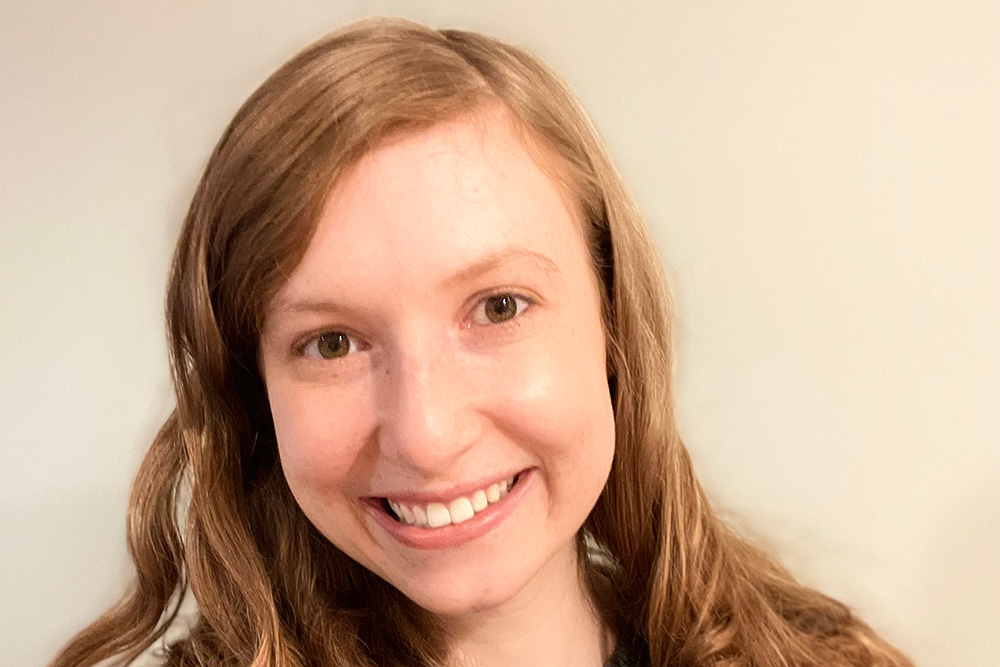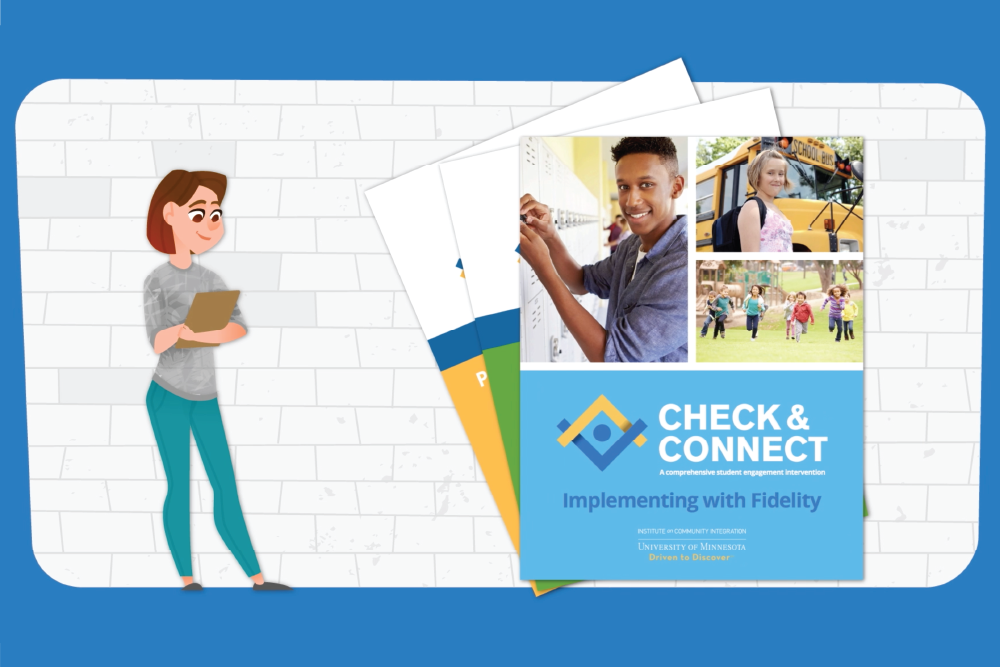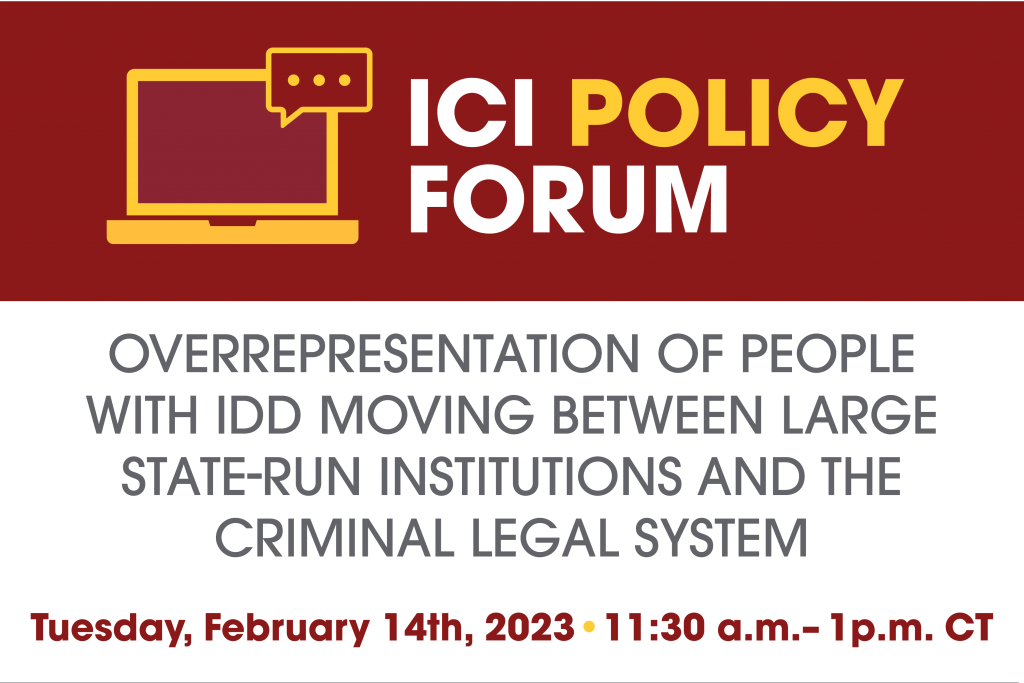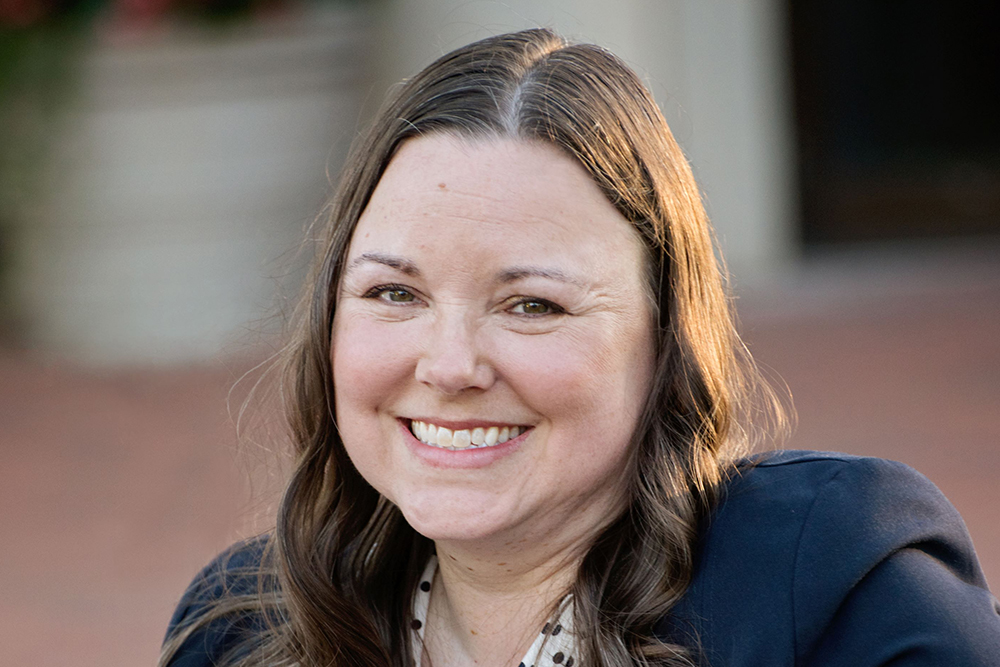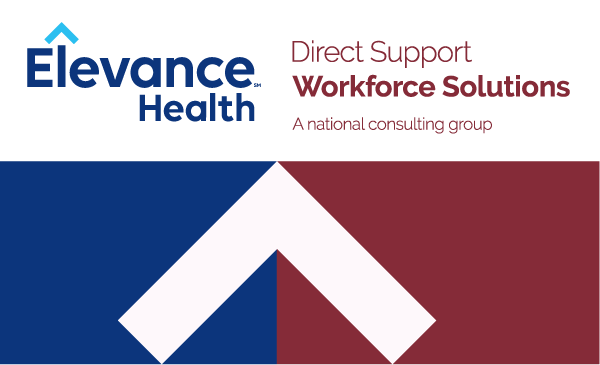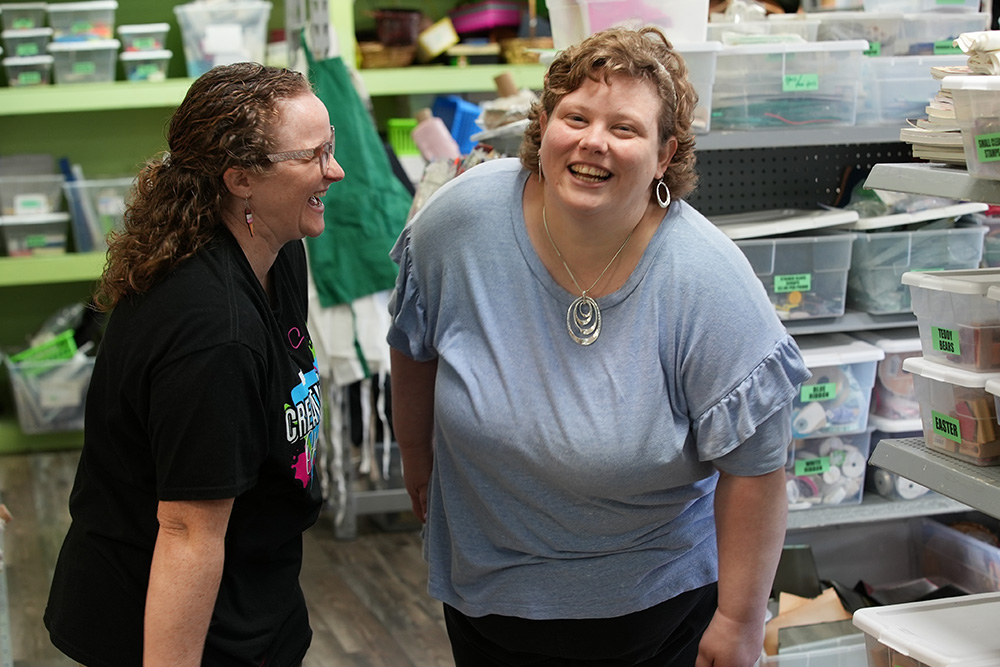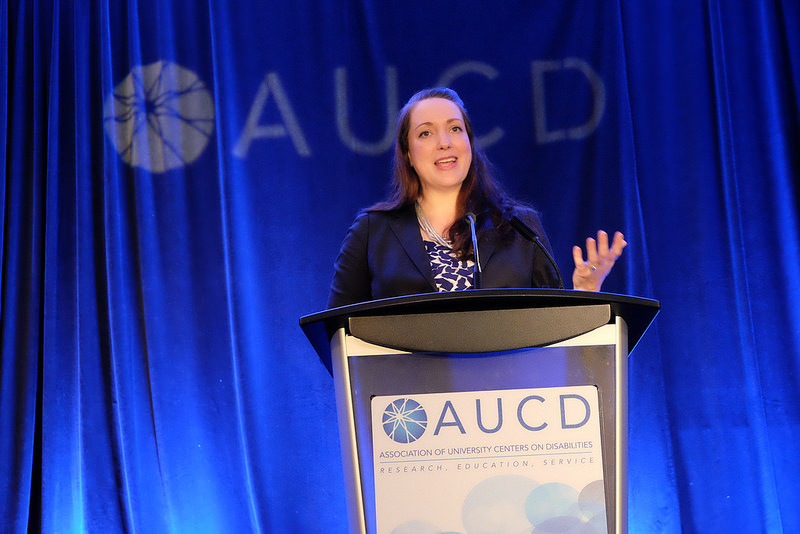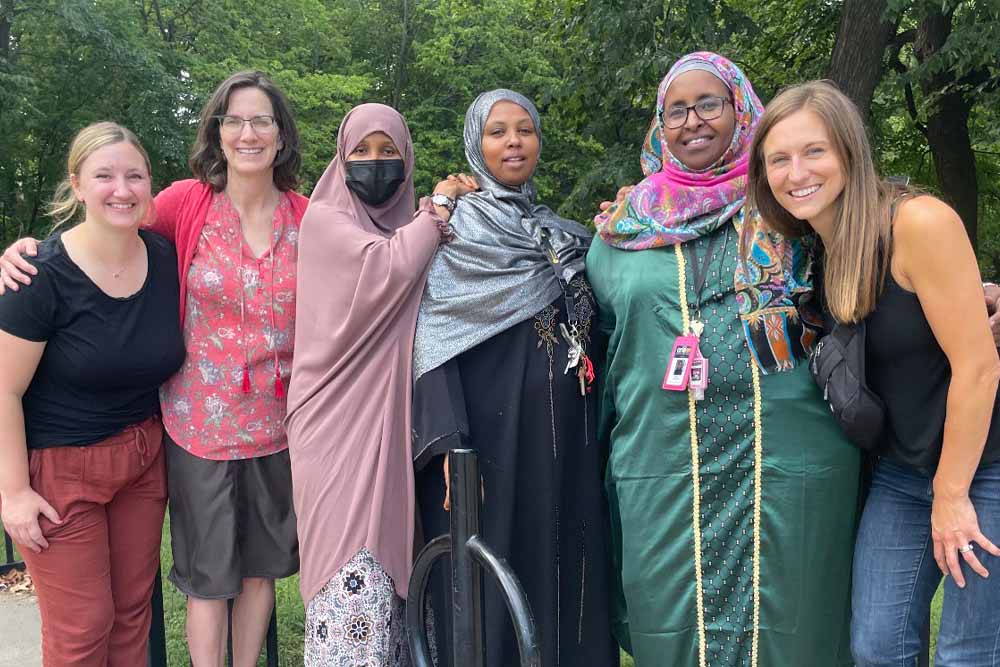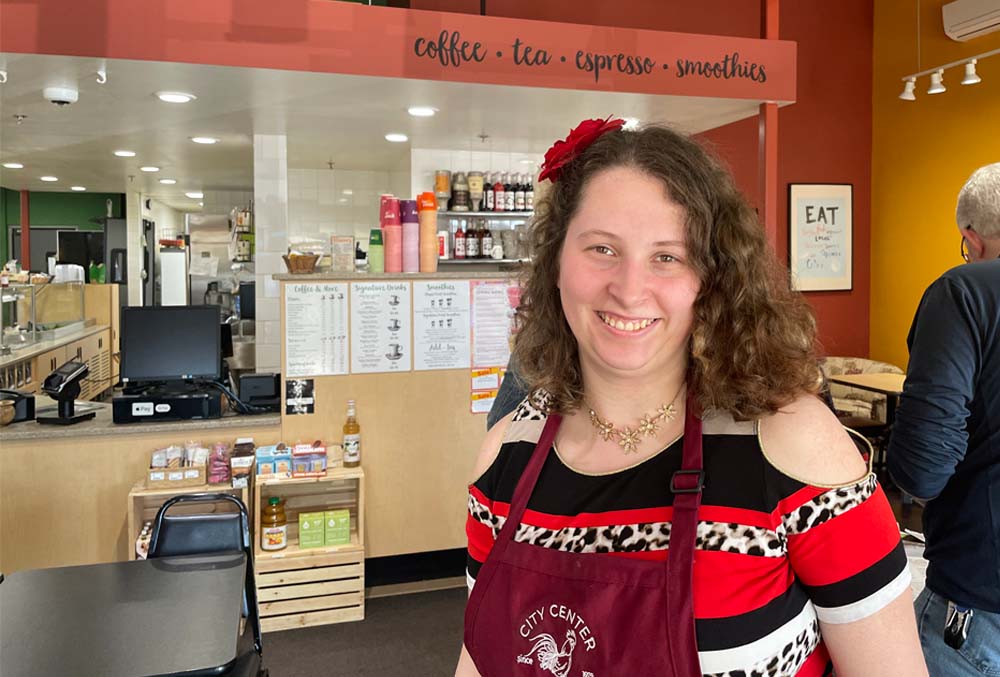
Early in her shift at City Center Market, a food co-op and deli in Cambridge, Minnesota, Nellie Lee is stocking shelves and reminiscing with her manager about one of her recent ideas to have store workers dress up in western gear for a day.
“Her co-workers say she makes their shifts more fun, and customers really seem to enjoy talking with her and asking her where things are,” said John Kenny. “And, she’s one of just two people in the store who cross over from stocking shelves to working in the deli and also in our wellness aisle.”
Lee smiles at the praise, noting that her first name translates to sun ray, a bringer of light.
“I like interacting with others, making people happy and joyful,” she said. Such so-called soft skills are in high demand today, particularly in jobs involving interaction with the public.
“So many people are really shy, or used to being on their phones all the time, so it’s been great to have Nellie here,” said Kenny, who met Lee through PHASE-Industries, a Minnesota provider of employment, social, and other skills training that serves about 500 individuals with developmental disabilities, mental illness, or brain injuries.
PHASE is one of eight provider organizations that have committed to ending their use of subminimum wages by 2024 under a Minnesota Department of Human Services grant awarded last year to ICI, along with the University of Massachusetts Boston and other partners, including The Arc.
The Minnesota Transformation Initiative Technical Assistance Center was created to help organizations and people with disabilities move away from segregated work sites paying below the minimum wage. For decades, in an effort to encourage employers to hire people with intellectual and developmental disabilities, the federal government has allowed employers to pay workers with disabilities wages that are below the statutory minimum. This spring, state lawmakers in Minnesota are considering a measure to end subminimum wages altogether.
“This is a big shift for providers, particularly those in rural areas,” said Danielle Mahoehney, a community living and employment specialist with ICI. “I just took a call this week from a special education teacher who is frustrated that there just aren’t as many workshop spots for people with disabilities leaving high school. It is understandable that families are concerned, but as providers commit to offering person-centered services that people truly want and need, versus having to take a spot in a program because there is an opening whether or not it is a good fit, there will be fewer concerns about ending subminimum wages.”
Even Tim Schmutzer, chief executive officer at PHASE, had doubts about whether the organization was up to the task of re-thinking the services it provides.
“It was rebuilding from scratch, in many ways,” he said, noting that PHASE had made earlier attempts at shifting to provide more competitive employment opportunities in the community. Ultimately, some deep soul-searching and conversations with a colleague, Denise Johnson, convinced him that a radical change in mindset was needed.
“She said, ‘You know, Tim, quit thinking about competitive integrated employment, and just think about occupational satisfaction. Do you think anybody would choose to sit in a room all day, every day, when there is something better?’ That idea of occupational satisfaction – whether it is work or just living your life – really struck me.”
Under the award, Mahoehney said, ICI and its partners also are providing peer mentorships in competitive employment, as well as training in community life engagement on a broader level – support for people with disabilities that goes beyond a paycheck.
“They might be going from spending 30 hours a week in a workshop to 10 hours a week in competitive employment, but they still want ways to be engaged during the rest of their week,” she said. “It really goes so much deeper than just ending subminimum wages. It’s about engaging with your community and building citizenship.”

